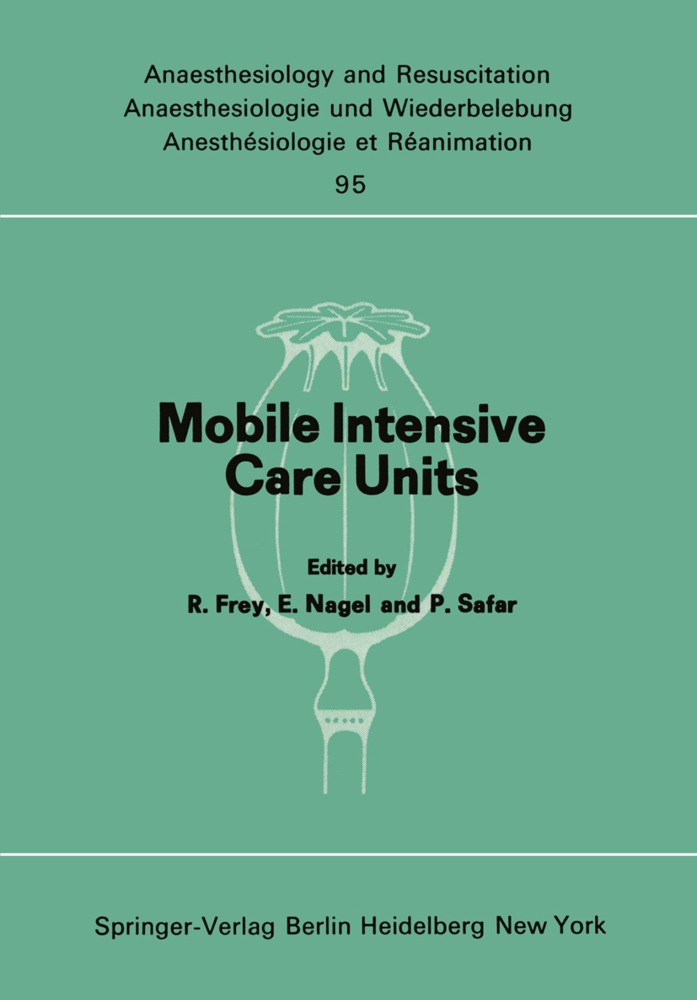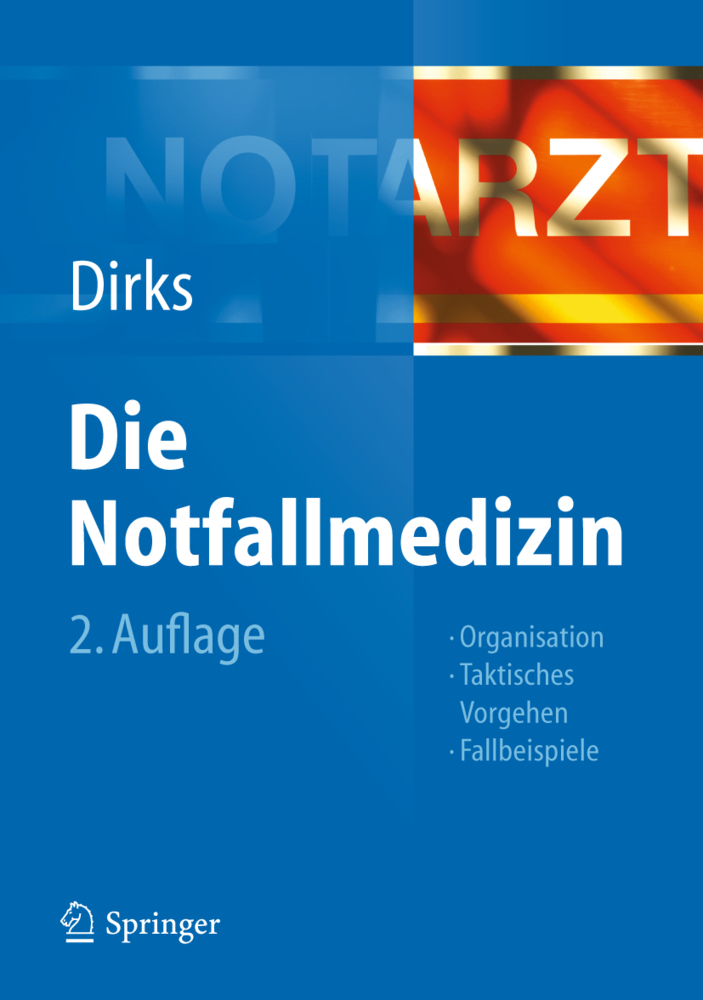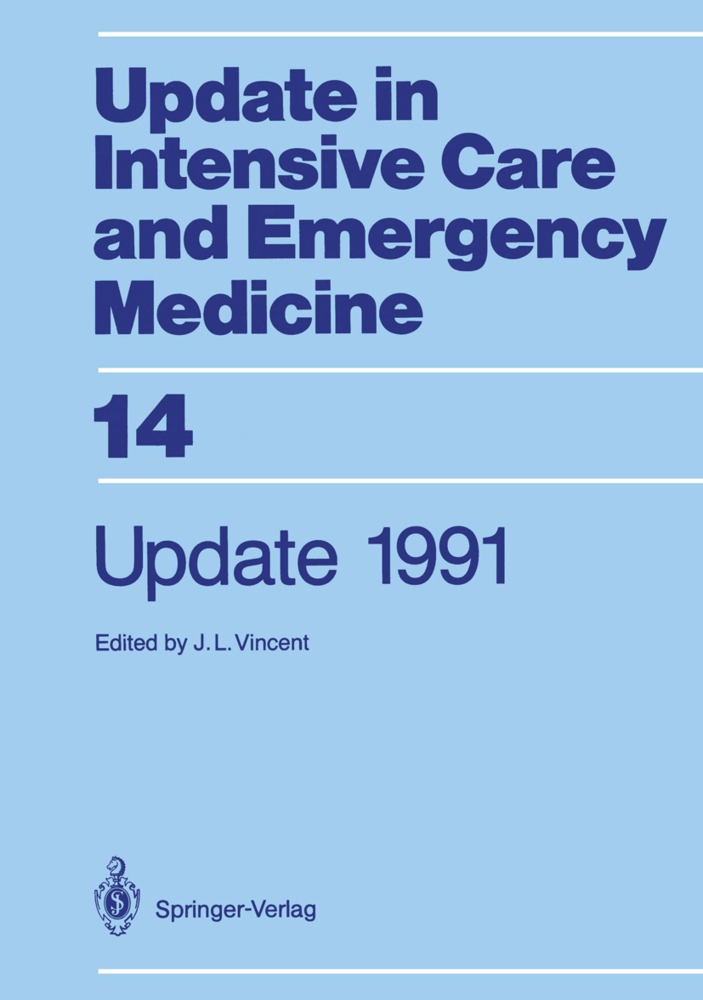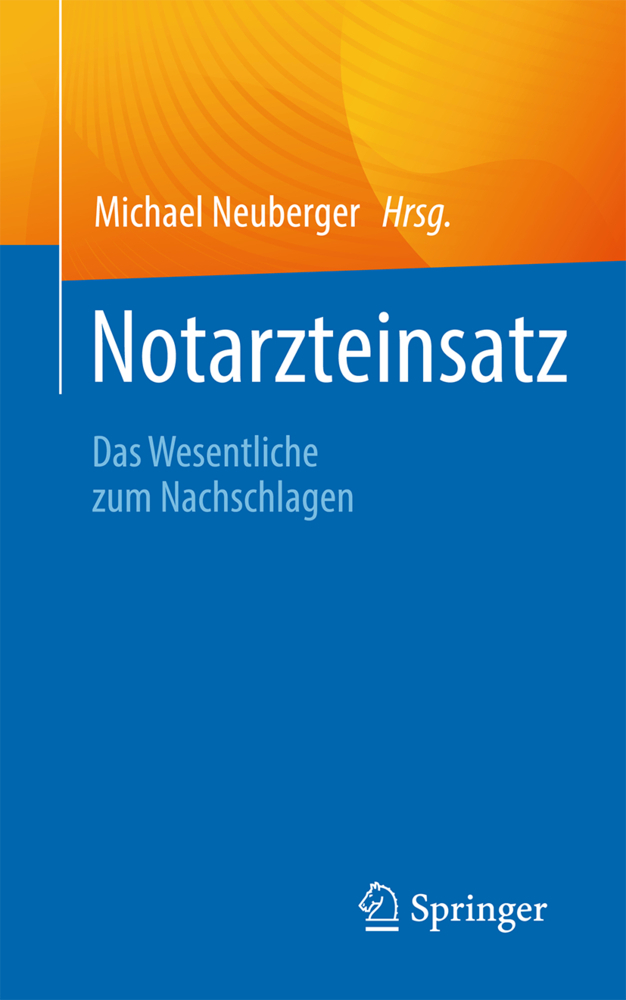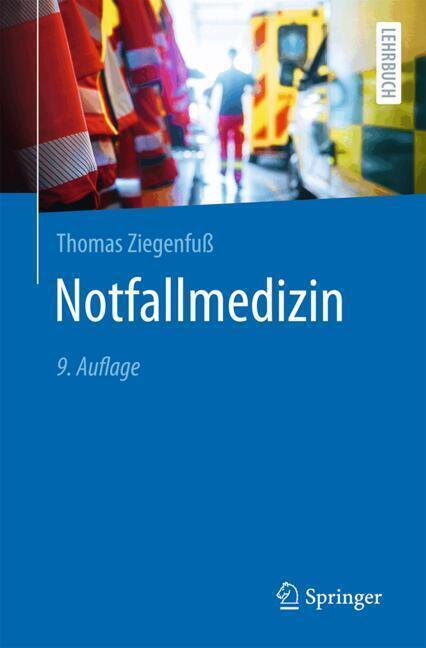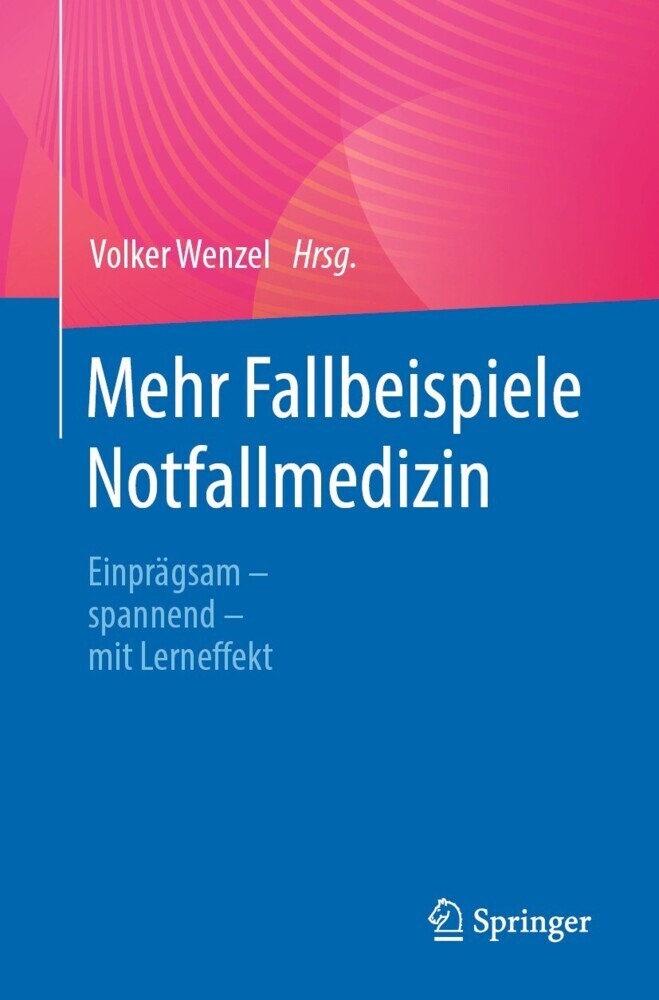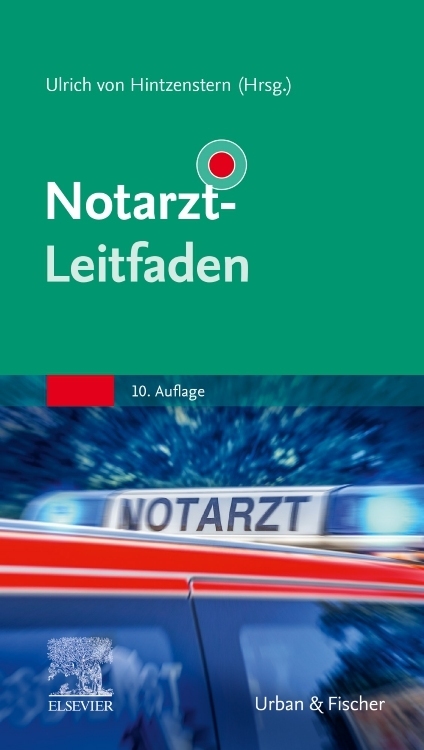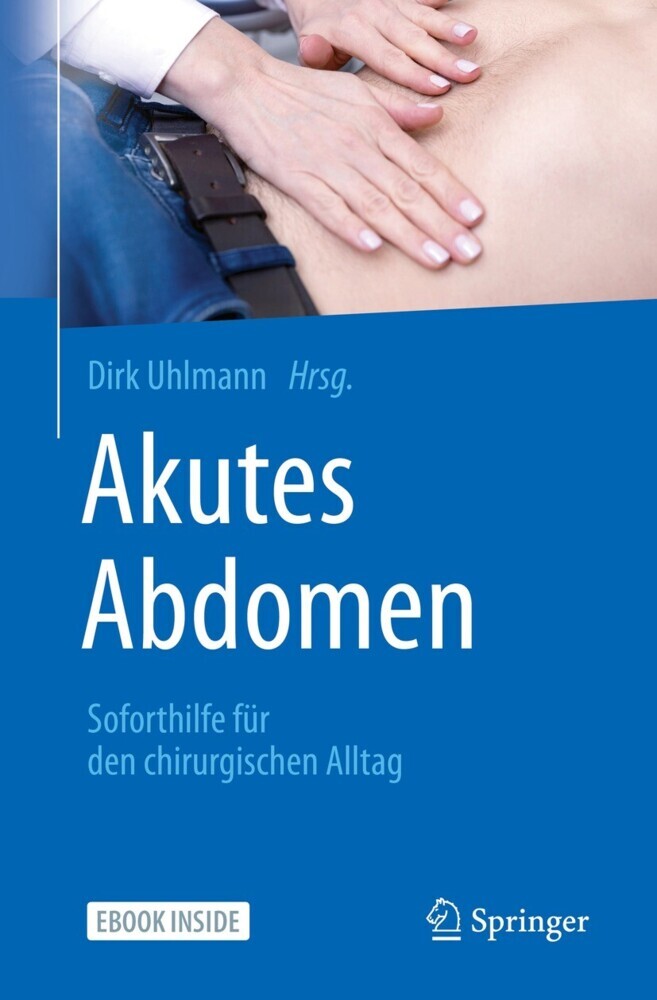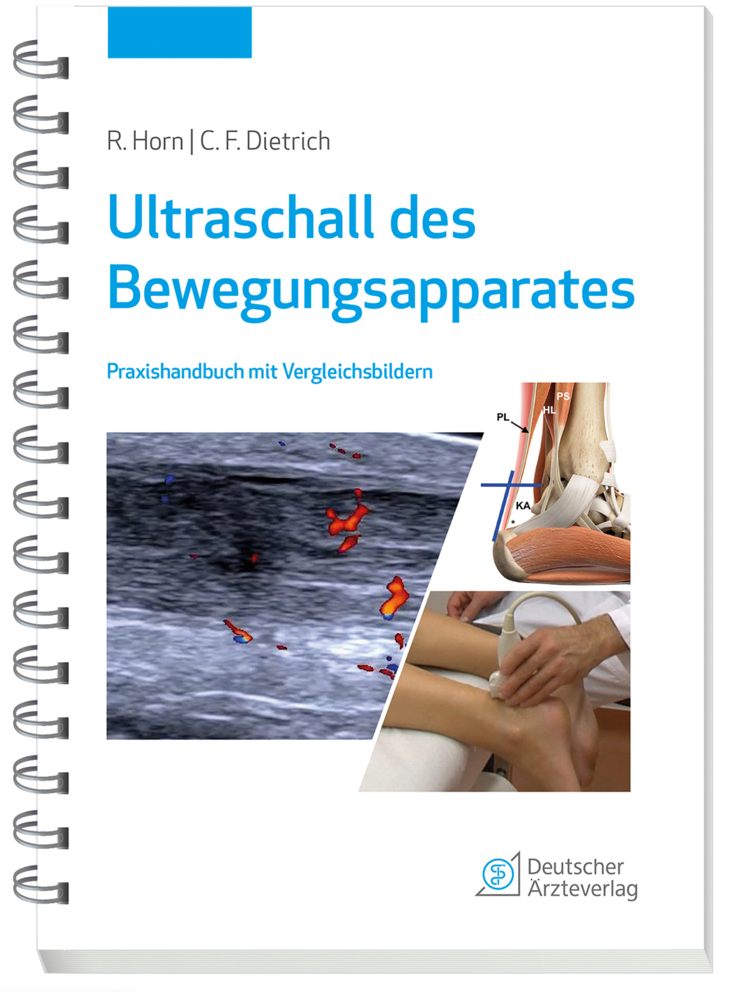Mobile Intensive Care Units
Advanced Emergency Care Delivery Systems
Mobile Intensive Care Units
Advanced Emergency Care Delivery Systems
Emergency care is improving throughout the world and thousands of lives are being saved each year. However, there are still too many patients who die before help reaches them in the form of advanced rescue and definitive emergency care techniques. In an effort to improve emergency care throughout the world, the International Committee of Emergency and Disaster Medicine meets bi annually. This meeting takes place in Mainz, Germany in September in order to discuss issues, exchange information, and establish re commendations designed to improve emergency care. The group is in~ dependent of political, national, racial, religious, or commercial influences and, in this sense, similar to the Club of Rome which attempts advances in sociology, biology and natural sciences. There fore, the organization could be called the "Club of Mainz" for the field of emergency and disaster medicine. The following book contains the proceedings of the International Symposiom on "Mobile Intensive Care Units and Advanced Emergency Care Units" at Mainz from September 24-27, 1973, and the discussions evoked by the first activities of the "Club of Mainz" and the inter nationally acknowledged "Recommendations". At this time we also announce the next meeting and International Symposium on Disaster Medicine, open to the public, organized by the "Club of Mainz" (October 1 - 2, 1977).
I. 2. On the Organization in the Piemonte and Torino Areas
I. 3. The American Approach to Improvement of Emergency Medical Services: Community Councils of EMS
I. 4. Political Roadblocks to Organizing Emergency Medical Services (EMS) in Allegheny County, USA
I. 5. Allegheny County, Pennsylvania1s Emergency Care Non-System
I. 6. Centralization of all Personnel and Equipment in Rescue Services
I. 7. Intervention of Helicopters in Disaster Relief and Rescue Service in the Federal Republic
II. Communications
II. 1. Telemetry Command in an Integrated Emergency Care System
II. 2. Interdisciplinary Nature of Mobile Intensive Care Units
II. 3. Possibilities and Limits in the Use of Bio-Telemetric Appliances in Rescue-Services
II. 4. A Communication Set up for Air, Sea and Ground EMS
III. Treatment at the Scene and Düring TransportationIncluding Physician Command
III. 1. The MAST-1 Garment in Hypovolemic Shock
III. 2. Behandlung am Notfallort und während des Transportes im Hochgebirge
III. 3. Cardiovascular and Other Effects of Transporting III Patients
III. 4. A Simple Method for Continuous ECG Registration by Compact Casette Tape Recorder Düring Helicopter Transport
III. 5. Features of a New Intensive Care. Ambulance
III. 6. The S-61 Helicopter as Mobile Intensive Care Unit
III. 7. Mobile Neonatal Intensive Care
III. 8. Care for and transport of Newborn Babies in the Ambulance practice
III. 9. Secondary Transportation in Southern Finland
111.10. The Mobile Intensive Care Unit in Helsinki
111.11. Experiences in a Mobile Intensive Care Unit in Lagos
111.12. Der Service d1 Aide Medicale d'Urgence.-111.13 Experiences with an Ambulance-Service in Oslo Manned by a Doctor
111.14. Mobile Intensive Care Units
111.15. Transport of the Severely Injured Düring Long-Distance Flight
111.16. Function of a Coordinated Helicopter-Emergency Service
111.17. Importance and Complications in Application of Cava- Catheters under Transport Conditions
111.18. Possibilities of Pain Alleviation at the Site of an Accident or Disaster
111.19. Ambulance Design and Equipment for Mobile Intensive Care
IV. Continuing Life Support in the Hospital
IV. 1. Critical Care Medicine: Organizing and Staffing ICUs
IV. 2. Patient Care during Inter-Hospital Transfer
V. Data Aoquisition and Evaluation of System
V. 1. Evaluation Research
V. 2. Evaluation of an EMS System by Analysis of Compiled Data from Run Reports and the Emergency Department Log
V. 3. The Computer Interrogative Textbook Project: Ä Preliminary Report
V. 4. Ein Vorschlag zur Verbesserung neurochirurgischer Verlaufskontrollen
VI. Training of Non-Phy sicians and Physicians
VI. 1. Erkennung und Erste Hilfe durch Laien (Ausbildung der Bevölkerung)
VI. 2. Operation of Cardiac Emergency Care Delivery System by Paramedical Personnel
VI. 3. The Training of Emergency Medical Technicians-Cardiovascular
VI. 4. Recognition and First Aid by Bystanders
VI. 5. Suggestion for the Organization of Mobile Intensive Care Units
VI. 6. Present Situation in the Training of Rescue Personnel
VI. 7. Evolution of Emergency Medical Technicians and Paramedics in the U.S.A
VI. 8. Inadequacy of Prehospital Emergency Care
VI. 9. First Aid and Emergency Care Training; Its Effect on Prehospital Emergency Care
VI.10. Advanced Life Support by Volunteer Fire Department Ambulance Personnel
VI.11. Teachability ofUnemployed and Undereducated Individuais as Emergency Medical Technicians (EMT's)
VII. The Emergency Cardiac Care System
VII. 1. The Influence of Prehospital Emergency Cardiac Care upon Community Mortality from Coronary Artery Disease
VII. 2. Einsatzerfahrungen mit dem Züricher "Kardiomobil"
VII. 3. Blind Defibrillation
VII. 4. The Efficacy of Pre-Hospital Therapy in Cardiac Disease
VII. 5. Cardiopulmonary Resuscitation, Basic Life Support Self- Training System for All Personnel
VIII. Disaster Preparedness and Care
VIII. 1. Emergency Care in Major Accidents (Railway, Air, Road, Industrial)
VIII. 2. Intensive Care under Primitive Conditions
VIII. 3.The Catastrophe Plans for Lausanne and the Canton of Vaud
VIII. 4. International Preparedness Operation and Coordination in Cases of Disaster
VIII. 5. Die ärztliche Versorgung bei Großkatastrophen
VIII. 6. The Involvement of the Police Service in Great Britain with the Medical Services at Times of Disaster
VIII. 7. A Network of Base Hospitals for Large Scale Catastrophes
VIII. 8. Emergency Care Medicine under Primitive Conditions
IX. Research and Innovations
IX. 1. Research in Emergency and Critical Care Medicine (ECCM)
IX. 2. Reducing of Vibration Stress Inside Emergency-Ambulance
IX. 3. Tragen, Ausführungen und Abmessungen. Anordnung der Lagerung in den Transportsystemen
IX. 4. International Cooperation in the Field of Rescue-Technical Investigation
IX. 5. Considerations on International Teamwork in the Field of Aid in Catastrophes and Emergency Medicine
IX. 6. Verbesserungen des Rettungswesens in Rheinland-Pfalz
X. Recommendations
XI. Empfehlungen.
I. Flanning and Organization of the Emergency Medical Services System
I. 1. The Concept of an Emergency Health Care Planning TeamI. 2. On the Organization in the Piemonte and Torino Areas
I. 3. The American Approach to Improvement of Emergency Medical Services: Community Councils of EMS
I. 4. Political Roadblocks to Organizing Emergency Medical Services (EMS) in Allegheny County, USA
I. 5. Allegheny County, Pennsylvania1s Emergency Care Non-System
I. 6. Centralization of all Personnel and Equipment in Rescue Services
I. 7. Intervention of Helicopters in Disaster Relief and Rescue Service in the Federal Republic
II. Communications
II. 1. Telemetry Command in an Integrated Emergency Care System
II. 2. Interdisciplinary Nature of Mobile Intensive Care Units
II. 3. Possibilities and Limits in the Use of Bio-Telemetric Appliances in Rescue-Services
II. 4. A Communication Set up for Air, Sea and Ground EMS
III. Treatment at the Scene and Düring TransportationIncluding Physician Command
III. 1. The MAST-1 Garment in Hypovolemic Shock
III. 2. Behandlung am Notfallort und während des Transportes im Hochgebirge
III. 3. Cardiovascular and Other Effects of Transporting III Patients
III. 4. A Simple Method for Continuous ECG Registration by Compact Casette Tape Recorder Düring Helicopter Transport
III. 5. Features of a New Intensive Care. Ambulance
III. 6. The S-61 Helicopter as Mobile Intensive Care Unit
III. 7. Mobile Neonatal Intensive Care
III. 8. Care for and transport of Newborn Babies in the Ambulance practice
III. 9. Secondary Transportation in Southern Finland
111.10. The Mobile Intensive Care Unit in Helsinki
111.11. Experiences in a Mobile Intensive Care Unit in Lagos
111.12. Der Service d1 Aide Medicale d'Urgence.-111.13 Experiences with an Ambulance-Service in Oslo Manned by a Doctor
111.14. Mobile Intensive Care Units
111.15. Transport of the Severely Injured Düring Long-Distance Flight
111.16. Function of a Coordinated Helicopter-Emergency Service
111.17. Importance and Complications in Application of Cava- Catheters under Transport Conditions
111.18. Possibilities of Pain Alleviation at the Site of an Accident or Disaster
111.19. Ambulance Design and Equipment for Mobile Intensive Care
IV. Continuing Life Support in the Hospital
IV. 1. Critical Care Medicine: Organizing and Staffing ICUs
IV. 2. Patient Care during Inter-Hospital Transfer
V. Data Aoquisition and Evaluation of System
V. 1. Evaluation Research
V. 2. Evaluation of an EMS System by Analysis of Compiled Data from Run Reports and the Emergency Department Log
V. 3. The Computer Interrogative Textbook Project: Ä Preliminary Report
V. 4. Ein Vorschlag zur Verbesserung neurochirurgischer Verlaufskontrollen
VI. Training of Non-Phy sicians and Physicians
VI. 1. Erkennung und Erste Hilfe durch Laien (Ausbildung der Bevölkerung)
VI. 2. Operation of Cardiac Emergency Care Delivery System by Paramedical Personnel
VI. 3. The Training of Emergency Medical Technicians-Cardiovascular
VI. 4. Recognition and First Aid by Bystanders
VI. 5. Suggestion for the Organization of Mobile Intensive Care Units
VI. 6. Present Situation in the Training of Rescue Personnel
VI. 7. Evolution of Emergency Medical Technicians and Paramedics in the U.S.A
VI. 8. Inadequacy of Prehospital Emergency Care
VI. 9. First Aid and Emergency Care Training; Its Effect on Prehospital Emergency Care
VI.10. Advanced Life Support by Volunteer Fire Department Ambulance Personnel
VI.11. Teachability ofUnemployed and Undereducated Individuais as Emergency Medical Technicians (EMT's)
VII. The Emergency Cardiac Care System
VII. 1. The Influence of Prehospital Emergency Cardiac Care upon Community Mortality from Coronary Artery Disease
VII. 2. Einsatzerfahrungen mit dem Züricher "Kardiomobil"
VII. 3. Blind Defibrillation
VII. 4. The Efficacy of Pre-Hospital Therapy in Cardiac Disease
VII. 5. Cardiopulmonary Resuscitation, Basic Life Support Self- Training System for All Personnel
VIII. Disaster Preparedness and Care
VIII. 1. Emergency Care in Major Accidents (Railway, Air, Road, Industrial)
VIII. 2. Intensive Care under Primitive Conditions
VIII. 3.The Catastrophe Plans for Lausanne and the Canton of Vaud
VIII. 4. International Preparedness Operation and Coordination in Cases of Disaster
VIII. 5. Die ärztliche Versorgung bei Großkatastrophen
VIII. 6. The Involvement of the Police Service in Great Britain with the Medical Services at Times of Disaster
VIII. 7. A Network of Base Hospitals for Large Scale Catastrophes
VIII. 8. Emergency Care Medicine under Primitive Conditions
IX. Research and Innovations
IX. 1. Research in Emergency and Critical Care Medicine (ECCM)
IX. 2. Reducing of Vibration Stress Inside Emergency-Ambulance
IX. 3. Tragen, Ausführungen und Abmessungen. Anordnung der Lagerung in den Transportsystemen
IX. 4. International Cooperation in the Field of Rescue-Technical Investigation
IX. 5. Considerations on International Teamwork in the Field of Aid in Catastrophes and Emergency Medicine
IX. 6. Verbesserungen des Rettungswesens in Rheinland-Pfalz
X. Recommendations
XI. Empfehlungen.
Frey, R.
Nagel, E.
Safar, P.
Rheindorf, P.
Sands, P.
| ISBN | 9783540075615 |
|---|---|
| Artikelnummer | 9783540075615 |
| Medientyp | Buch |
| Copyrightjahr | 1976 |
| Verlag | Springer, Berlin |
| Umfang | 272 Seiten |
| Abbildungen | XVI, 272 p. 24 illus. |
| Sprache | Englisch |

